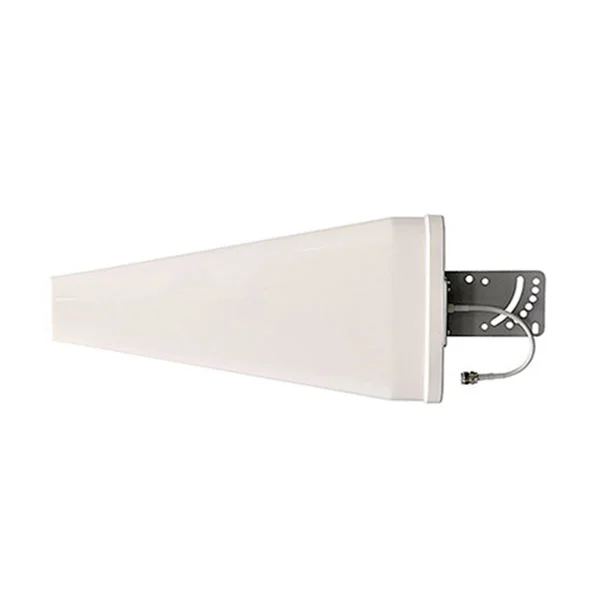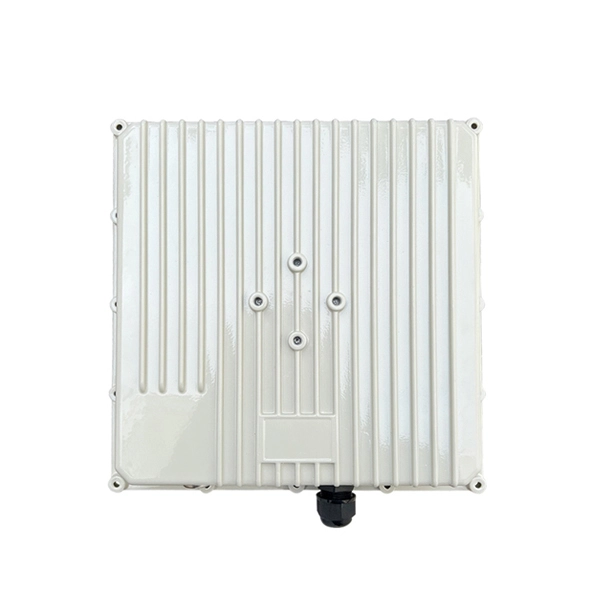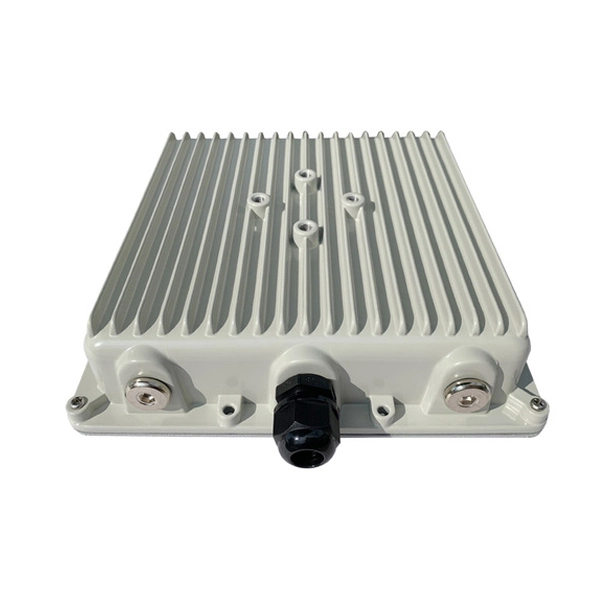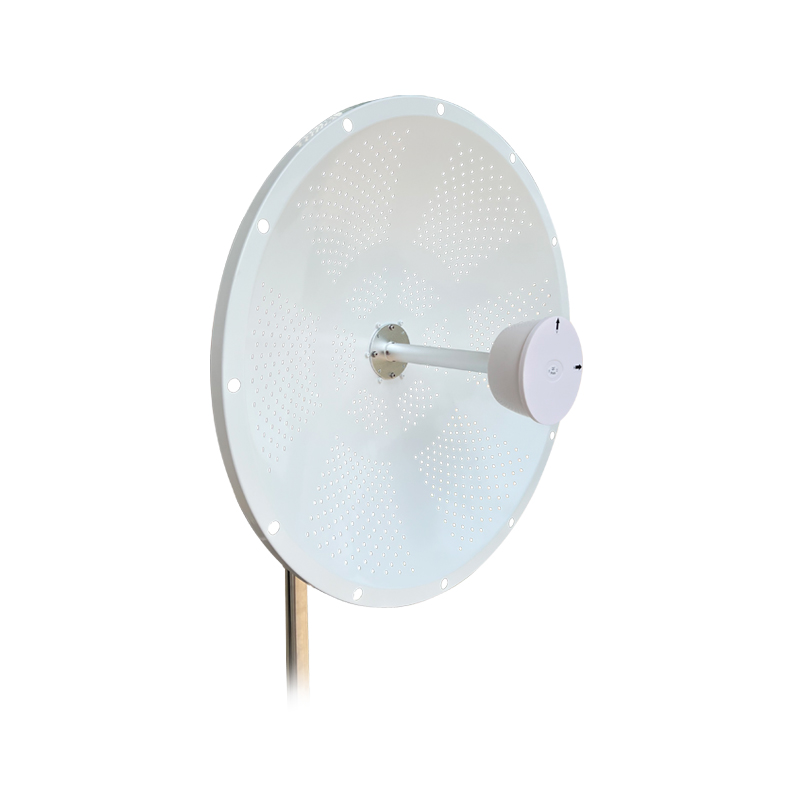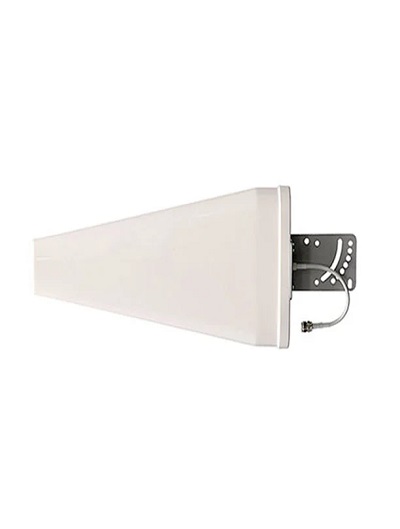The main difference between a 2.4 GHz dish antenna and a 5G dish antenna, like other 2.4 GHz vs. 5G antennas, lies in the frequency they operate on and the resulting changes in their performance characteristics. However, being dish antennas adds another layer of distinction compared to standard antennas. Here's a breakdown:
2.4G dish antenna and 5G dish antenna Frequency and Performance:
2.4 GHz Dish Antenna:
Operates in the 2.4 GHz band: Suitable for Wi-Fi, Bluetooth, and some older wireless technologies.
Pros:
Slower speeds: Offers lower data transfer rates compared to 5G.
More congestion: The 2.4 GHz dish antenna is crowded, leading to potential interference and slower speeds.
Longer range: Signals travel further, ideal for large spaces or weak signal areas.
Cons:
Better wall penetration: Can pass through obstacles, enhancing coverage in buildings.
Wider device compatibility: Works with most Wi-Fi and Bluetooth devices.
5G Dish Antenna:
Operates in the 5 GHz band: Dedicated to 5G cellular networks and newer Wi-Fi standards.
Pros:
Shorter range: Signals have a shorter range, limiting coverage in large spaces or areas with obstacles.
Weaker wall penetration: Struggles with obstacles like walls and buildings, impacting indoor reach.
Fewer compatible devices: Currently, fewer devices support 5G compared to 2.4 GHz.
Cons:
Much faster speeds: Delivers significantly higher data transfer rates for faster downloads, uploads, and more responsive connectivity.
Less congestion: The 5 GHz band is less crowded, offering a more reliable connection.
Lower latency: Provides lower delay in data transmission, crucial for real-time applications.
| Feature | 2.4 GHz Dish Antenna | 5G Dish Antenna |
|---|
| Frequency | 2.4 GHz band (Wi-Fi, Bluetooth) | 5 GHz band (5G cellular, newer Wi-Fi) |
| Range | Longer | Shorter |
| Wall Penetration | Better | Weaker |
| Speed | Slower | Much faster |
| Congestion | More congested | Less congested |
| Latency | Higher | Lower |
| Applications | Long-range Wi-Fi, Point-to-point bridging, Large buildings | Fixed Wireless Access, Signal boosting for homes/businesses, 5G infrastructure backhauling |
| Device Compatibility | Wider range of devices | Fewer devices |
| Cost | Generally lower | Generally higher |
2.4G dish antenna and 5G Dish antenna specific differences:
Choosing the right one:
Similar to the standard antenna decision, consider your needs and priorities:
2.4 GHz dish antenna: Choose for long-range coverage, obstacle penetration, and compatibility with older devices.
5G dish antenna: Choose for ultra-fast speeds, reliable connection, and low latency, but ensure 5G availability and device compatibility.
Ultimately, understanding the frequency differences, performance trade-offs, and unique characteristics of dish antennas will help you make the best choice for your specific situation.

 English
English